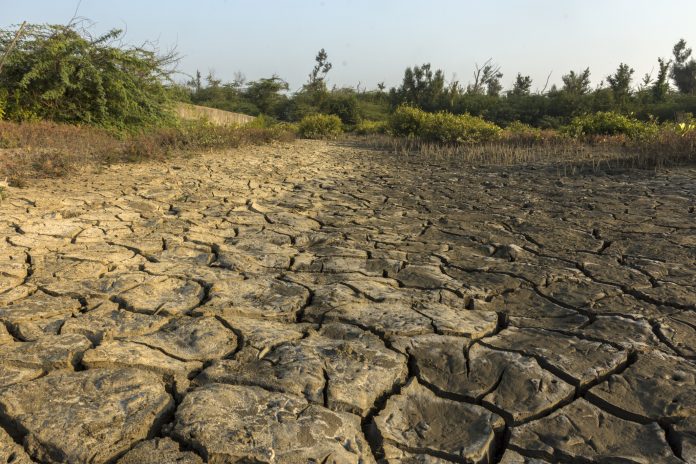An overview of the need for an integrated approach to combat soil degradation, is presented here by Research Director at TechVision, Frost & Sullivan, Aarthi Janakiraman
Soil degradation is among the most significant global issues that have become prominent due to climate change and related factors. Soil degradation is a culmination of many changes in natural phenomena and human-related activities, leading to change or loss of topsoil’s ecological, biological, physical, and chemical characteristics.
The last decade has witnessed a depletion in soil quality and erosion, not limited to global warming and climate change phenomena, resulting in loss of soil fertility, microbiota, and ecological balance.
While the extent of soil degradation depends on the initial layout and geographical region, many factors, including loss of organic matter, increase in salinity levels, and contamination of water and land sources, play a part in the steady decline of soil health. Soil degradation significantly contributes to land depletion, a significant issue the agriculture industry still faces.
According to a World Economic Forum statistic, almost 40% of the land is under erosion or adversely affected. (1) This has resulted in reduced yield and productivity, which, in turn, has increased the dependence on fertility aids, which are often synthetic in nature, further leading to additional fertility and biodiversity losses. Desertification as a phenomenon is becoming common globally, and this, combined with water scarcity, can threaten global food supply and security.
Apart from the apparent impact on food security, soil degradation has a far-reaching effect on managing a sustainable environment, which, in turn, often results in further soil, land and water degradation.
Need for soil remediation for a better future
With the growing population and the imperative to ensure food security for all, agricultural productivity must be provided. Soil security is fundamental to achieving the same. Ensuring soil security needs a multi-pronged approach, ranging from effectively replenishing the soil ecosystem (biological, chemical, and physical constituents), providing a nourishing microbiota, and ensuring proper water supply and drainage while simultaneously ensuring that practices are adopted that won’t adversely affect the soil ecosystem; this includes the adoption of agricultural practices that minimises the use of synthetic aids, ensuring a proper soil-water nexus to name a few.
While traditional measures such as tillage techniques, crop rotation, irrigation techniques like drip irrigation, stabilisers, integrated pest management, etc., can help mitigate soil degradation to a certain extent, more is needed to address the worsening situation of soil degradation effectively.
Therefore, various initiatives and efforts are underway to ensure a resilient soil ecosystem. It involves remediation activities and continuous tracking, monitoring, and assessing the ecosystem to provide timely remedial measures. Potential reversal and prevention of deterioration need careful planning and ongoing efforts to be effective. Technology advances are crucial in tracking and assessing soil degradation and effectively planning interventional and management activities.
Soil monitoring tools based on sensor fusion, data analytical solutions, AI algorithms, and AR/VR capabilities can offer real-time monitoring, analyse historical data to predict trends and help in devising remedial measures are being adopted; however, these are still in the early stages of adoption, and the price parity makes it challenging to deploy at a global scale. Integration of productivity and vegetation mapping tools with monitoring solutions can help assess soil health and devise a mitigation plan involving careful and judicious crop aids and pest management solutions.
Technologies that can predict soil degradation by combining aspects of AI-based prediction models and ecological and hydrological perspectives can go a long way towards addressing soil degradation. Integrating other technologies, such as microbiologically based control measures replenishing soil microbiota, can provide the additional benefit of ensuring sustainability.
Tackling soil degradation: A review
To sum up, technological advances and stakeholder activities are making inroads towards preventing soil degradation and replenishment, but there is still a long way to go. A systemic approach towards assessing, monitoring, preventing, and replenishing soil health will go a long way to preserving the soil ecosystem and preventing further degradation.
There is still a need for a detailed soil assessment tool to help predict the exact level of degradation considering multiple factors, including chemical, physical, biological and others such as microbiota, water, ecological changes, etc., to devise a targeted interventional strategy for soil ecosystem. Joint programs involving all stakeholders are the need of the hour to promote sustainable management and prevent further degradation.











